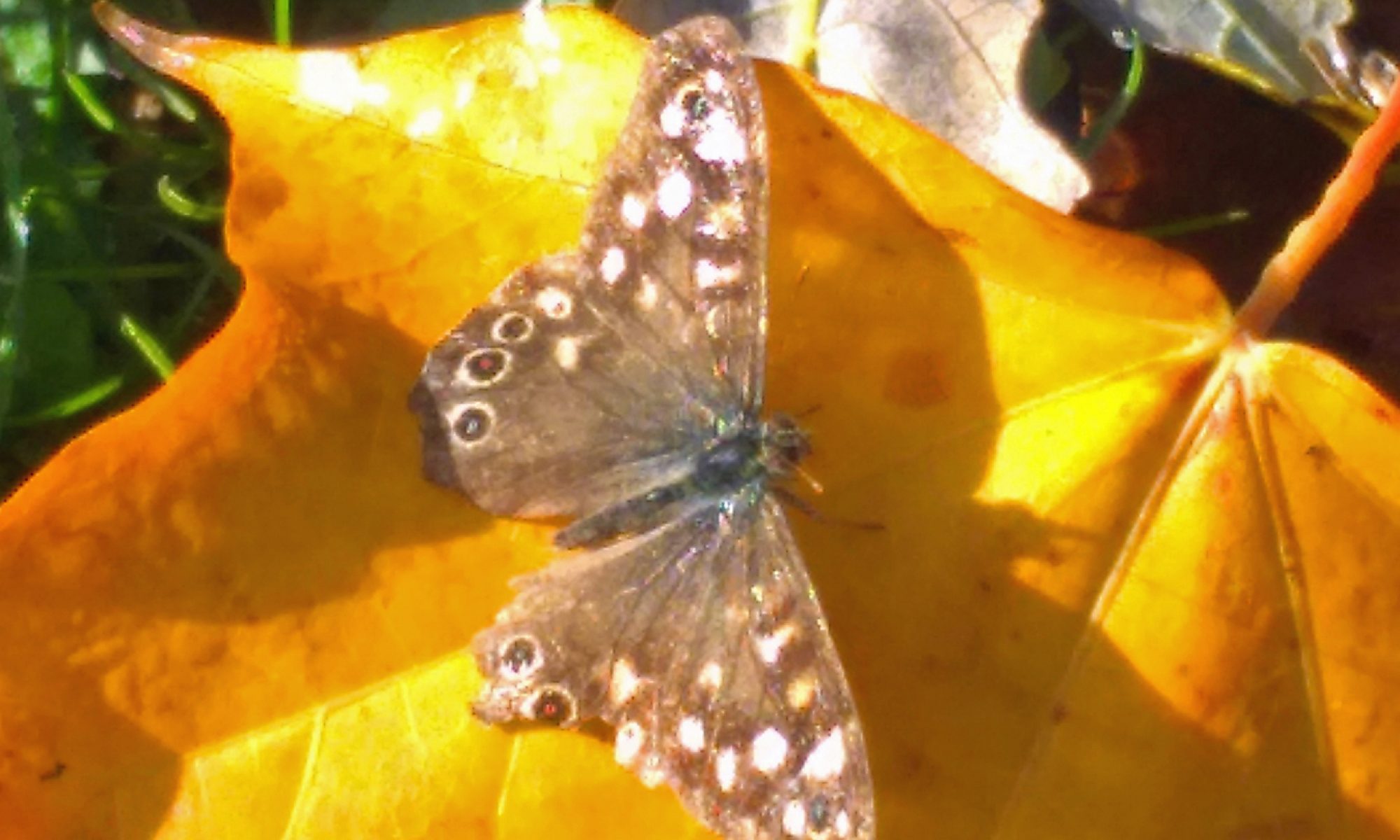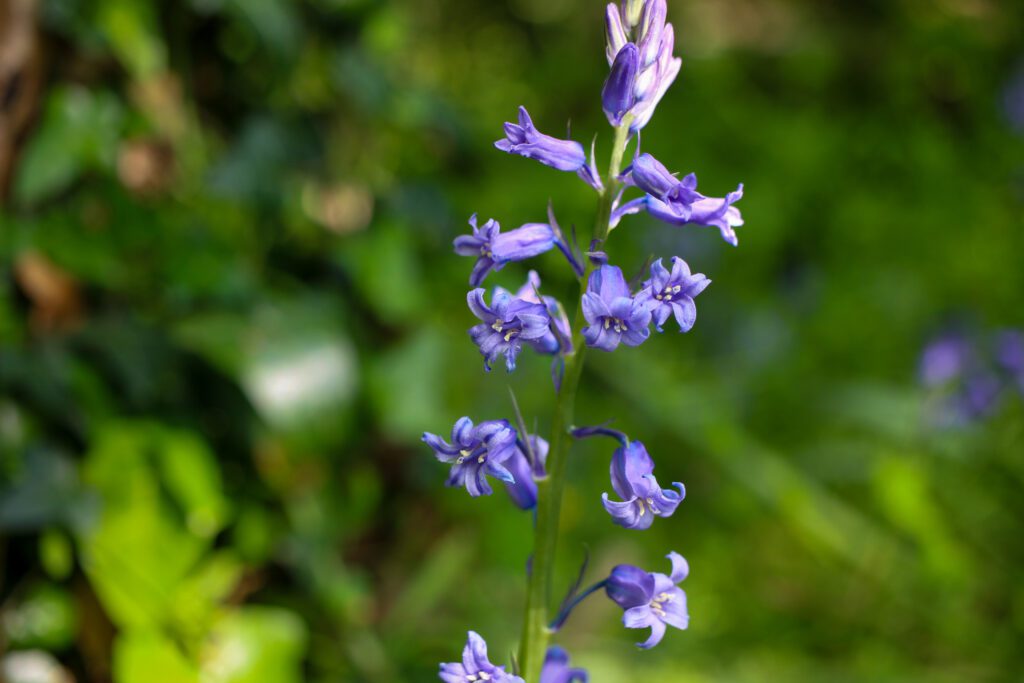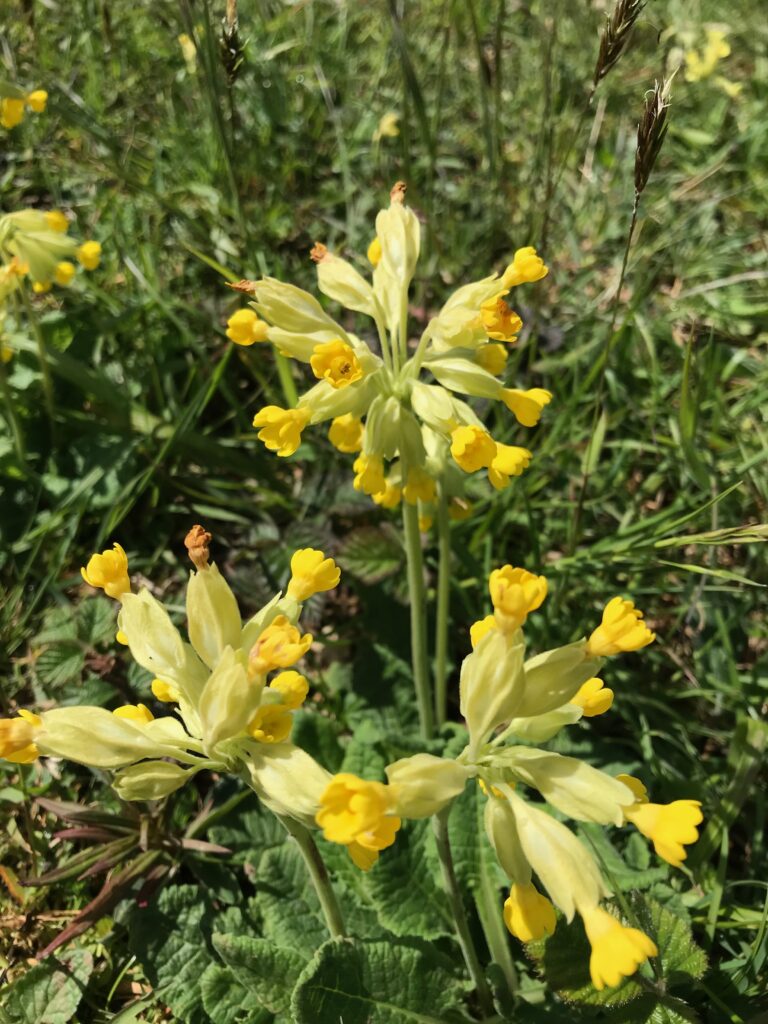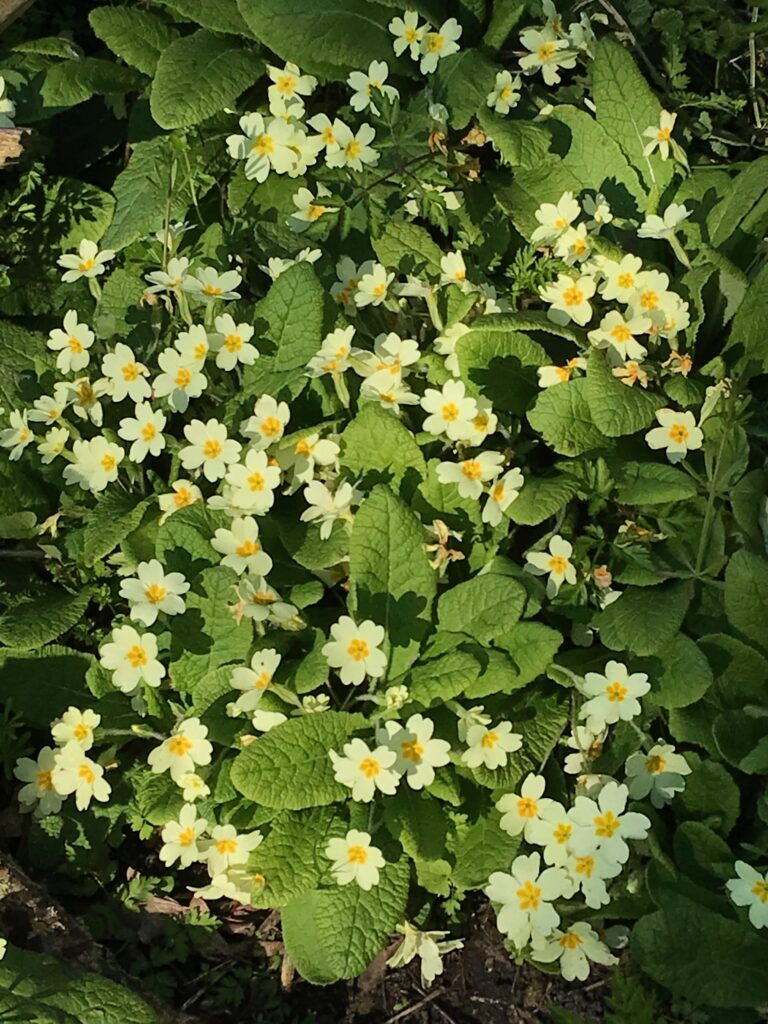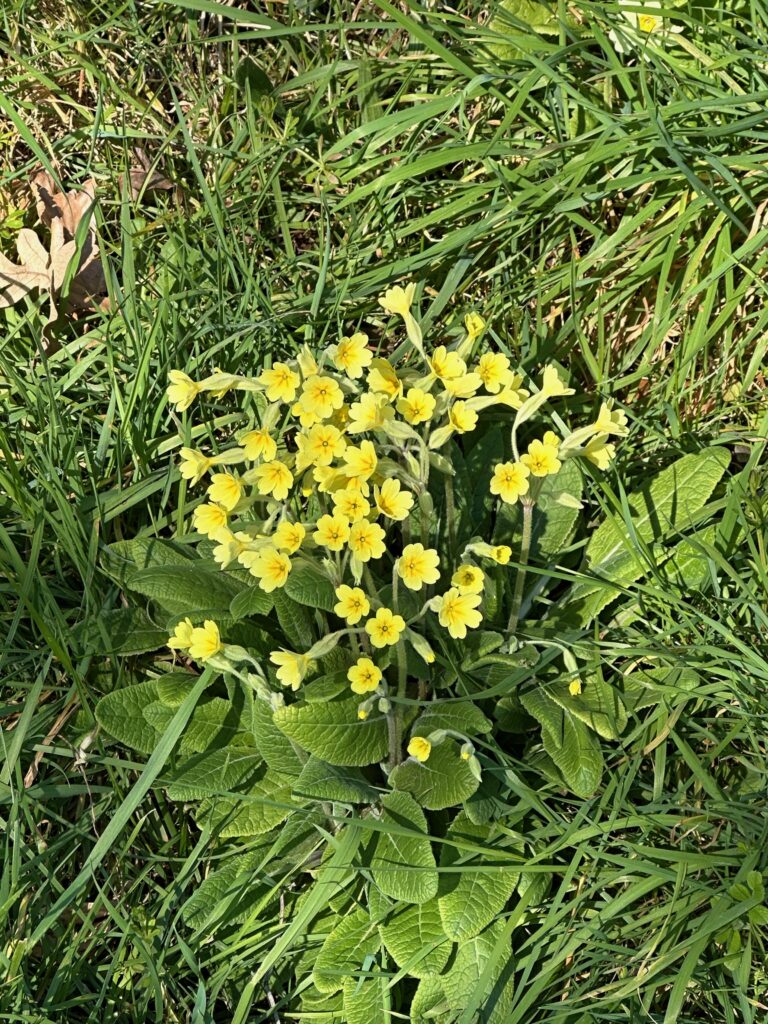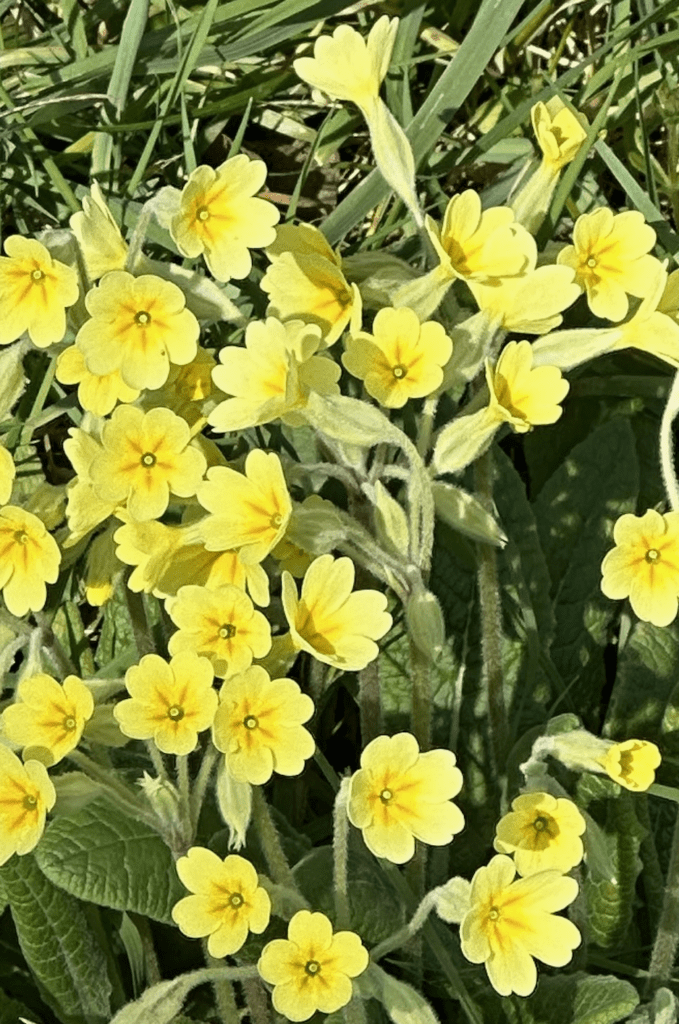It is a sunny afternoon in May and two butterflies are flying round each other in a shaft of sunlight. The smaller one chases the larger one away.
I first thought they were a courting pair, but then realised they are different types. Where do they come from and what are they doing in the sunshine?

It is warm and bright in the sunlight and both males and females are attracted to the same spot. No wonder our male wants to chase rivals and other butterflies away!
The unfortunate butterfly to be caught up in this tussle was a red admiral. It was harder to photograph against the floor of the woodland.

The red admiral butterfly is a summer visitor to the wood, with large numbers arriving in the UK from southern Europe and North Africa each year. They love to feed on flowers that produce a lot of nectar, so are often found in the gardens that surround the wood.
They will breed whilst they are living in the wood, and some of these new butterflies will try to fly back to Europe in the autumn. It is not clear how many of them will survive the long journey.
Others will try to survive the winter in the UK. In the past, most of these have died because of the cold, but warmer winters mean that more of them are surviving to breed in the spring.
We could be seeing a shift in their behaviour because of climate change, that could lead them to being permanent residents in the wood.
Update:
Two days later, the speckled wood was still patrolling the same patch of sunlight. Let’s hope he gets lucky soon!
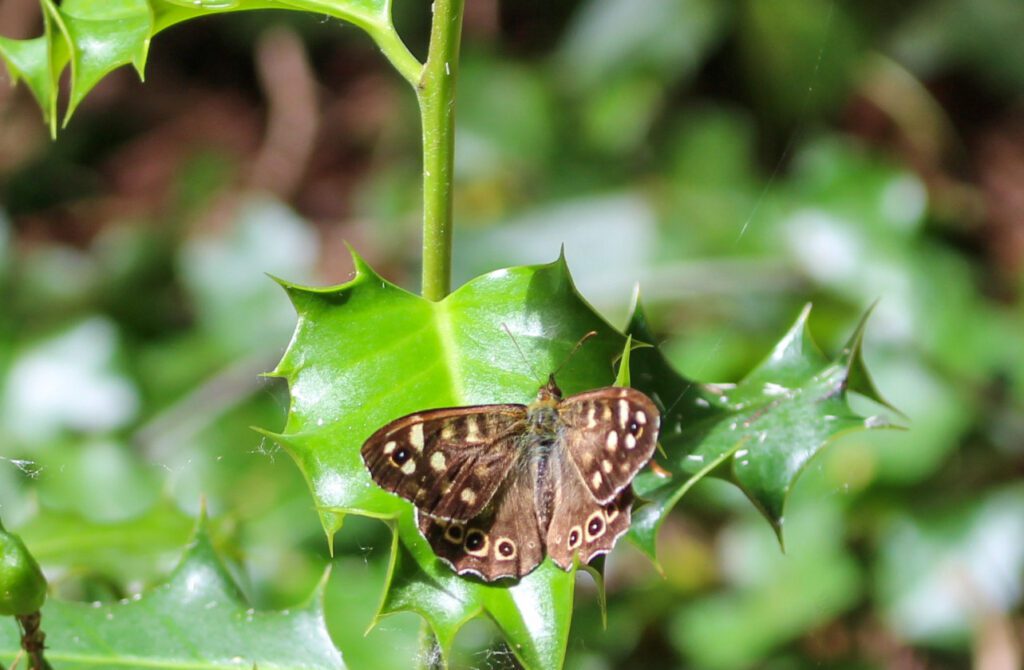
- In Southern Europe and North Africa, red admiral butterflies can breed continuously throughout the year. Why is important in the survival of the red admiral species?
- Why is it an advantage for the specked wood to defend a territory in Nowhere Wood?
